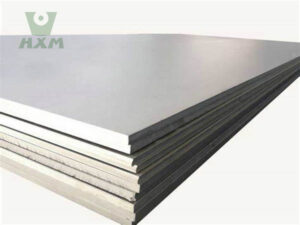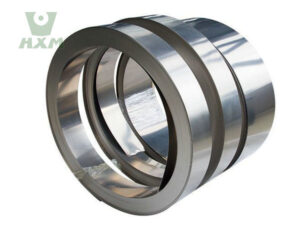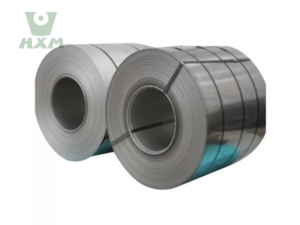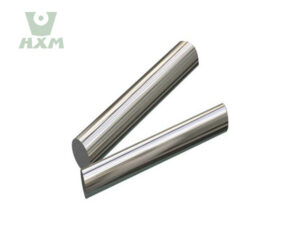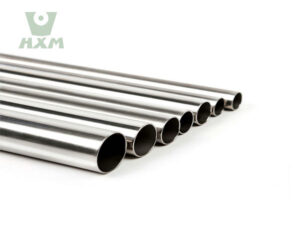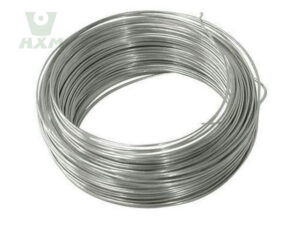Alloy steel and pure metal, depend on the specific application and desired properties. Both materials have their unique advantages and are suited for different purposes. Thie article has a detailed comparison between alloy metal steel and pure steel metal to help you understand their respective strengths and weaknesses. Huaxiao Metal Supplier is for sale alloy and metal. Welcome to inquiry and ask the more details about our company and factory alloy products.
What is Alloy Steel?
Composition:
Alloy metal steel is a type of steel that contains additional elements (alloying elements) such as chromium, nickel, molybdenum, and vanadium, in addition to iron and carbon.
| Alloy Steel Type | Carbon (C) | Silicon (Si) | Manganese (Mn) | Phosphorus (P) | Sulphur (S) | Chromium (Cr) | Molybdenum (Mo) | Nickel (Ni) | Other Alloy Elements |
|---|---|---|---|---|---|---|---|---|---|
| Hastelloy | 0.6-1.2% | 0.1-0.5% | 0.04-0.5% | ≤0.001% | ≤0.001% | 0.02-0.5% | 0.002-0.5% | 0.015-0.5% | (e.g., Cu 1.5-3%) |
| Inconel | 0.4-0.8% | 0.15-0.3% | 0.3-0.8% | ≤0.045% | ≤0.055% | 0.8-1.5% | – | – | (e.g., Mo 0.2-0.5%, V 0.1-0.3%) |
| Incoloy | 0.2-0.6% | ≤0.3% | ≤0.5% | ≤0.03% | ≤0.03% | 1.0-2.0% | – | 0.5-1.5% | (e.g., W 0.5-1%, Co 0.1-0.3%) |
Alloy Examples:
What is Pure Metal?
Composition:
Pure steel metal consists solely of a single metallic element, without any additives or alloys. Examples include pure copper, aluminum, gold, silver, platinum and titanium.
| Metal | Atomic Number | Atomic Weight (approx.) | Chemical Composition (wt.%) |
|---|---|---|---|
| Gold (Au) | 79 | 196.967 | Au: 100% |
| Silver (Ag) | 47 | 107.868 | Ag: 100% |
| Platinum (Pt) | 78 | 195.084 | Pt: 100% |
| Aluminum (Al) | 13 | 26.982 | Al: 100% |
| Copper (Cu) | 29 | 63.546 | Cu: 100% |
Alloy Steel and Pure Metal Differences in Properties
- Strength and Hardness: Alloying elements significantly enhance the strength and hardness of steel, making it suitable for high-stress applications.
- Corrosion Resistance: Certain alloys, like stainless steel, are highly resistant to corrosion and rust.
- Wear Resistance: Alloy metal steels can be formulated to resist wear and tear, making them ideal for applications involving friction and abrasion.
- Heat Resistance: Some alloy metal steels maintain their properties at high temperatures, making them suitable for use in furnaces, engines, and other heat-intensive environments.
- High Conductivity: Pure steel metals typically exhibit excellent electrical and thermal conductivity.
- Uniform Structure: They have a uniform composition and structure, which can lead to predictable physical and mechanical properties.
- Corrosion Resistance: Some pure steel metals, like titanium, are naturally resistant to corrosion.
Homogeneous Properties:
Pure steel metals exhibit uniform and consistent properties throughout their composition. This homogeneity ensures predictable and reliable performance in applications.
Advantages of Alloy Steel
Good Heat Resistance:
Alloy metal steel has a higher heat resistance compared to carbon steel, making it suitable for applications involving high temperatures. The alloying elements help to stabilize the microstructure of the steel at elevated temperatures, preventing softening and maintaining mechanical properties.Improved Toughness and Impact Resistance:
The addition of alloying elements can also improve the toughness and impact resistance of steel. This makes alloy metal steel ideal for applications where it is subjected to shock loads or dynamic loading conditions.Good Machinability and Weldability:
Depending on the composition and processing method, alloy metal steel can be machined and welded with relatively little difficulty. This allows for efficient manufacturing and repair processes, reducing costs and downtime.Longevity and Durability:
Due to its high strength, hardness, and corrosion resistance, alloy metal steel has a long service life and can withstand harsh operating conditions. This reduces the need for frequent replacements and maintenance, lowering overall costs.High Strength and Hardness:
Alloy metal steel is known for its exceptional strength and hardness, which makes it suitable for applications requiring high load-bearing capacity and resistance to wear and tear. The addition of alloying elements such as chromium, nickel, molybdenum, and vanadium significantly increases the tensile strength and hardness of the steel.
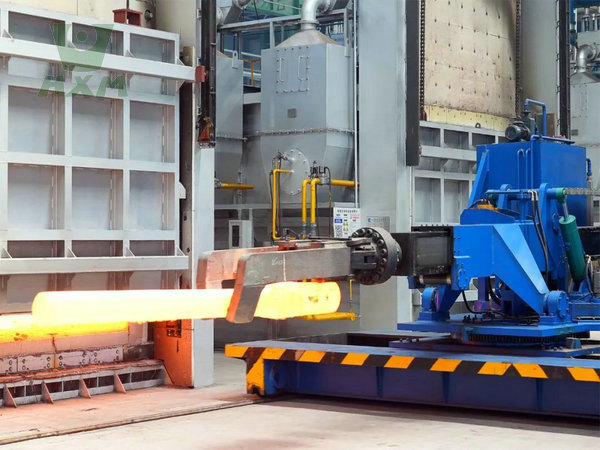
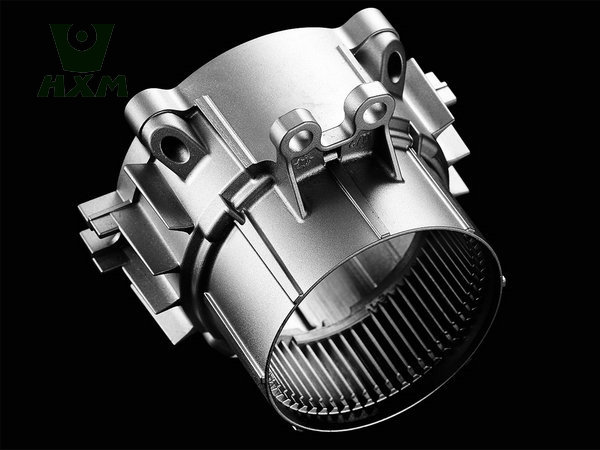
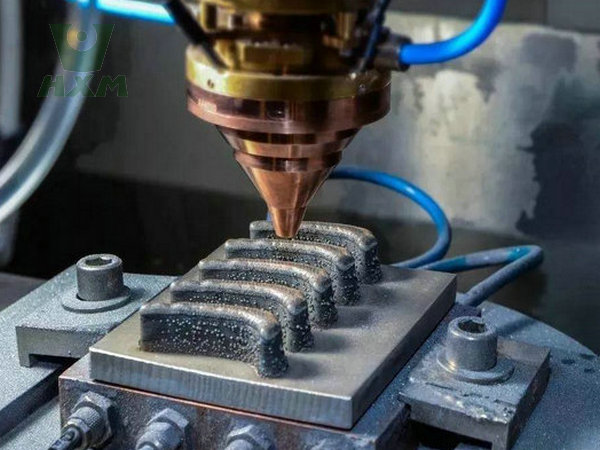
Advantages of Pure Metal
High Conductivity:
Many pure steel metals, such as copper and silver, possess exceptional electrical and thermal conductivity. This makes them ideal for applications like electrical wiring, heat sinks, and other systems requiring efficient energy transfer.Ductility and Malleability:
Pure steel metals are often highly ductile and malleable, meaning they can be easily drawn into wires, pressed into sheets, or formed into complex shapes without cracking or breaking. This makes them suitable for a wide range of manufacturing processes.Ease of Fabrication:
In some cases, pure steel metals are easier to fabricate and process than alloys. They may require less energy for melting, shaping, and finishing, reducing production costs and time.Magnetic Properties:
Certain pure steel metals, such as iron, nickel, and cobalt, exhibit strong magnetic properties. These metals are crucial for applications involving magnetism, such as electric motors, generators, and magnetic storage devices.
Comparison of Alloy Steel and Pure Metal
- Strength and Durability: Alloy metal steel generally offers superior strength and durability compared to pure metals, making it more suitable for high-stress and high-wear applications.
- Corrosion Resistance: While some pure steel metals are naturally corrosion-resistant, alloy steels can be formulated to provide excellent corrosion resistance, often exceeding that of pure steel metals.
- Cost: Pure steel metals may be less expensive in some cases, but alloy metal steels often provide better value due to their enhanced properties and versatility.
- Applicability: The choice between alloy metal steel and pure metal largely depends on the specific application. Pure steel metals are often preferred for electrical conductivity and aesthetic purposes, while alloy steels are favored for structural integrity, durability, and resistance to harsh environments.
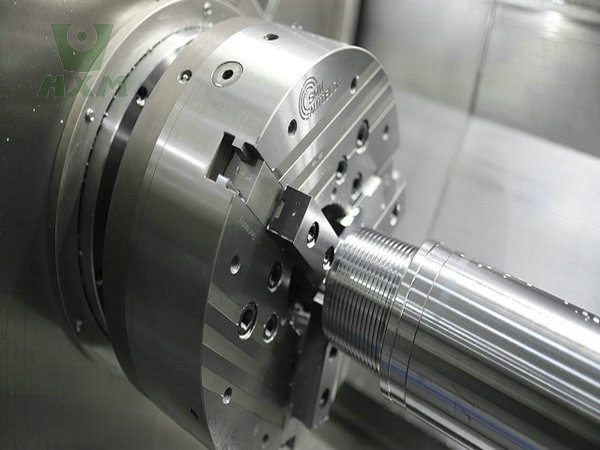
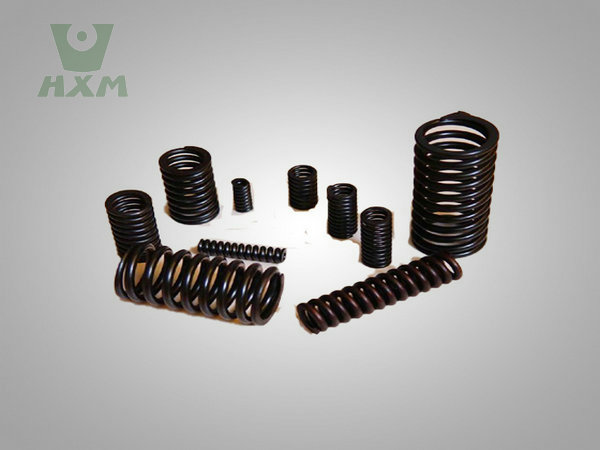
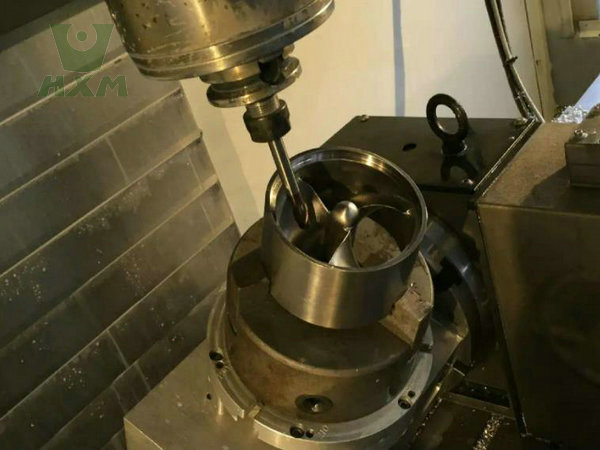
Applications of Alloy Steel and Pure Metal
- Automotive Industry: Alloy metal steels are widely used in the automotive industry for components such as gears, shafts, and springs.
- Aerospace: They are crucial in the aerospace industry due to their high strength-to-weight ratio and resistance to extreme temperatures.
- Tool and Die Making: Alloy metal steels are used to make tools and dies due to their hardness and wear resistance.
- Construction: In construction, alloy metal steels are used for structural supports and other critical components that require high strength and durability.
- Electrical Conductors: Pure steel metals are often used in electrical wiring due to their high conductivity.
- Jewelry and Ornaments: They are also popular in jewelry making due to their aesthetic appeal and corrosion resistance.
- Certain Structural Applications: In some cases, pure steel metals are used in structural applications where their uniform properties are beneficial.
Specific Applications:
Pure steel metals are often chosen for specific applications where their unique properties cannot be matched by alloys.
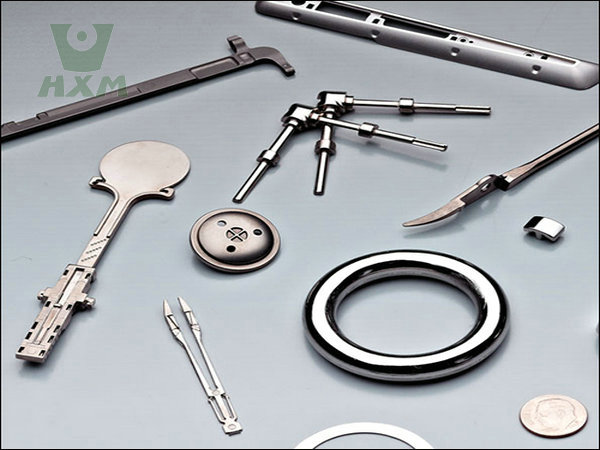
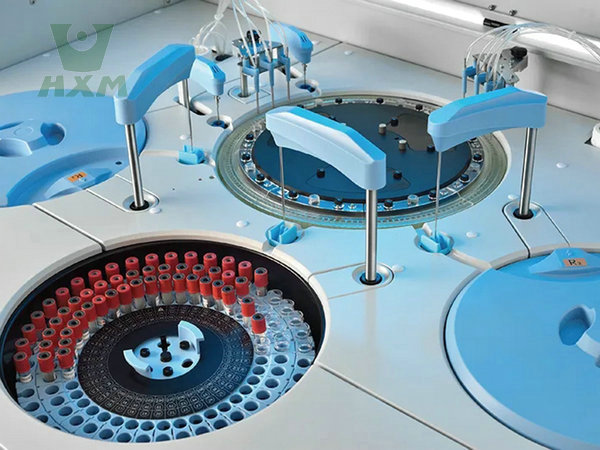
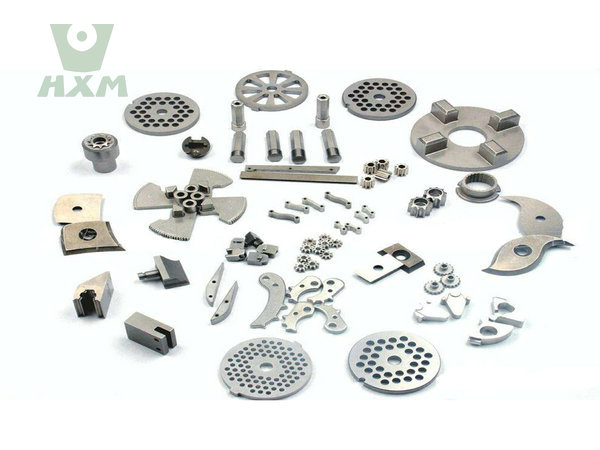
In Conclusion
Both alloy steel and pure metal have their unique advantages and are suited for different applications. When deciding which material to use, it’s important to consider the specific requirements of your project, including strength, durability, corrosion resistance, cost, and other factors. By understanding the properties and limitations of each material, you can make an informed decision that will ultimately lead to a successful outcome.

